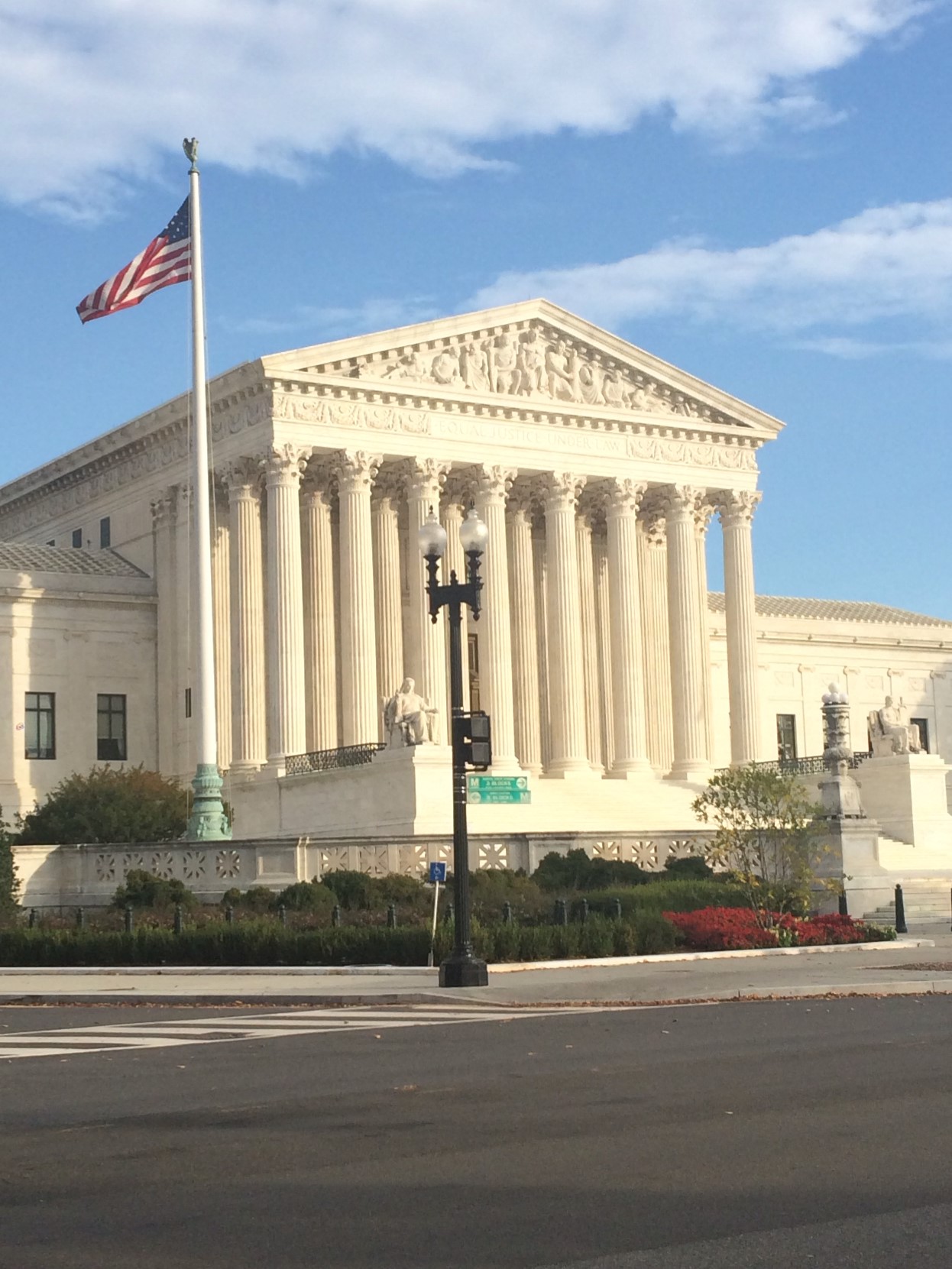Recently, the U.S. Supreme Court ruled in Whole Woman’s Health v. Hellerstedt through a 5-3 decision against a series of Texas abortion safety regulations known a HB2. While some portions went unchallenged and were left in place, the decision was a setback for the pro-life movement.
It is worth wondering what these five justices were thinking. More specifically, it is worth asking what type of vision they imagine for America.
The opinion was written by Justice Stephen Breyer and included a brief concurring opinion from Justice Ruth Bader Ginsburg, a sort of icon of the abortion movement. Both were nominated to the Court by pro-abortion President Bill Clinton.
Justices Elena Kagan and Sonia Sotomayor were nominated by President Barack Obama, arguably the most pro-abortion president the nation has seen.
The fifth vote from Justice Anthony Kennedy was a disappointment of sorts. Kennedy was nominated by Ronald Reagan who eloquently expressed pro-life views. Kennedy’s vote was not entirely shocking, however, as he one of the justices writing the opinion in the 1992 case of Planned Parenthood v. Casey, which created this concept of “undue burden” abortion restrictions need to meet in order to be upheld.
Justices changing their minds from previous decisions don’t happen every day, but Casey was almost 25 years ago. Kennedy could have changed his mind about this “undue burden,” and what a way to showcase that than with Whole Woman’s Health v. Hellerstedt.
Had Kennedy voted with Justices Samuel Alito and Clarence Thomas and Chief Justice John Roberts, it would have been a 4-4 decision. It wouldn’t have served as a precedent for other states and cases, but it would have allowed Texas to keep these important safety regulations on the books.
In many ways, this case should have never been heard by the U.S. Supreme Court. The Fifth Circuit Court of Appeals had already upheld the challenged provisions.
Fortunately, the 20-week abortion ban in Texas still stands. Had the Court heard and overturned that provision, the effects would be devastating for babies already halfway through the pregnancy.
The procedure so late in term is also more dangerous for mothers. While it is fortunate that the ban is still in place, mothers in Texas will still risk undergoing a dangerous abortion procedure from less than reputable facilities, including the Whole Woman’s Health named in the decision.
The United States federally is one of seven nations which allows for elective abortions past 20-weeks and one of four which allows for elective abortions at any point in pregnancy.
Twenty-week bans are in place in 12 states. It’s not a majority, but the country is at least on its way to rejecting late-term abortion as a step in the right direction.
While the Court’s ruling is limited at this point to the laws of Texas, the Court nevertheless took our country a step in a dangerous direction when it comes to abortion. The decision is further proof, coming from the highest court of the land, that abortion access trumps safety, especially when the decision cited a debunked study.
Time will tell the legacy it leaves and how long the most vulnerable our nation must suffer under these decisions in the wrong direction.







